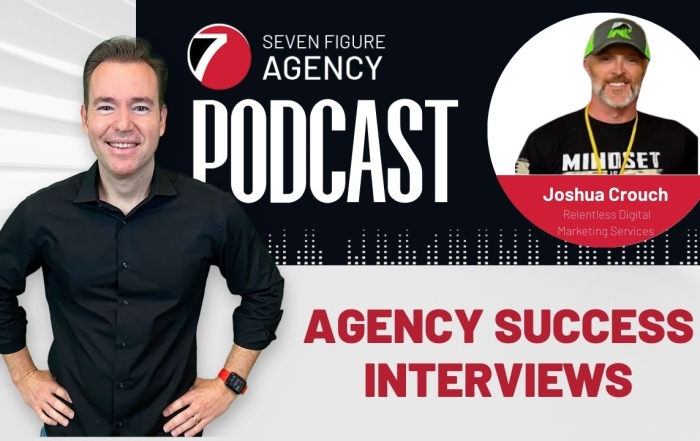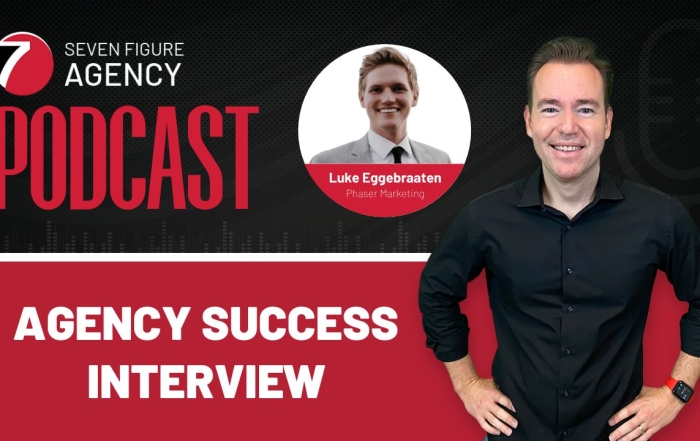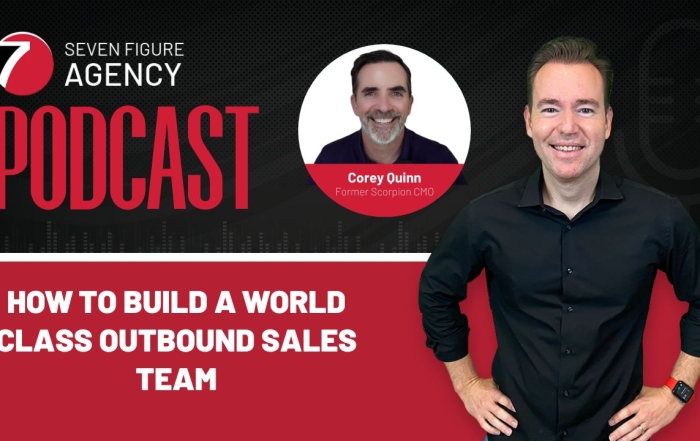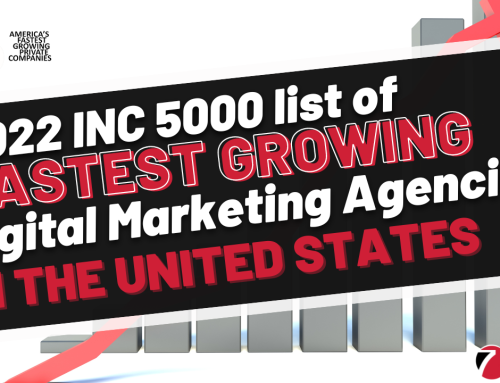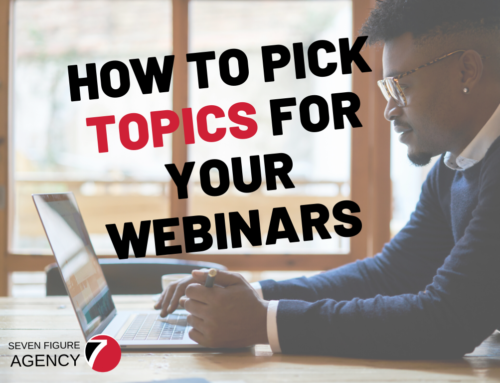The sense of accomplishment you feel when you finish a blog post is incredible, especially when you know you wrote the best piece on the top.
What’s not incredible is finding out that Google placed it in a dark corner of the Internet where no one will ever find it.
Whether you’re writing content to help your own digital marketing agency dominate the search engines, or you’re creating content for one of your clients, getting your content prominently placed in Google search results is vital. It helps with brand awareness, credibility, and conversions.
The question is this: in this hyper-competitive world of SEO, how do you make sure your blog posts are backed by the most effective SEO techniques to boost visibility? In this step-by-step guide, we’ll show you – no technical skills required!
Step 1: Do Keyword research
You probably have a ton of ideas you want to write about, but before you sit down and stare face to face with a white screen and a blinking black cursor, start with some basic planning.
For SEO, you will need to do some keyword research. This involves thinking about what your target market often searches for (that overlaps with your niche) and creating helpful, value-added content that answers their questions.
Need some ideas for topics? Check out this list of blog topic ideas for digital marketing agencies.
Step 2. Create an Outline
Once you’ve identified a topic and a target keyword to add to your blog post, the next step is to create an outline. In your outline, list the points you plan on covering, in what order, and how you’ll tie everything together.
An organized outline prevents rambling and ensures all relevant topics are covered.
Step 3. Divide topics and Subtopics Using Headings
Attention spans are getting shorter, so your blog post has to immediately capture the reader’s attention and keep them engaged enough to keep scrolling to the bottom of the page.
Breaking up your content into shorter paragraphs with headings and subheadings increases consumability, and the headier tags are also a signal to Google that indicate what your blog post is about.
Step 4: Optimize Keyword Usage
Identify one to three focus keywords for each blog post, and place them prominently in your article. It’s recommended to follow these general guidelines:
- Use the keyword in the headline
- Use the keyword in the first 100-150 words of content
- Use the keyword several times, but don’t overdo it.
There’s no hard and fast rule on keyword density, and several conflicting arguments exist. When in doubt, use the keyword only when it feels natural. You can also get extra SEO juice by using related keywords and synonyms.
Step 5. Create Internal Links
You’ve created a lot of great (and probably related) content, so make sure you link to it! Linking to other pieces of content from your blog posts gives your readers lots of places to go on your website, and it tells Google that your site is organized and chock full of the good stuff.
Step 6. Consider an Ideal Length
In school, we were often given strict page limitations or requirements on an assignment. In the real world, however, the right answer to, “how long does this need to be?” is “as long as it has to be.”
The more complicated the topic, the more there is to say. You can also break up long topics into several blog posts and create a series. The moral of the story is that you’ve got options!
Pro tip: For longer blog posts, consider adding a table of contents with anchor text that brings the reader to the appropriate section.
Step 7. Touch up Old Content
Revisit your old blog posts and refresh them as needed. Look for opportunities to link to new content on other blogs that might not have been available at the original publication date. By maintaining and updating your site, you keep it relevant while also giving Google key signals about the relevance of your blog.
The Bottom Line
Quality content that ranks at the top of the search engines requires more than just throwing some topic ideas and random keywords to see what sticks. It requires careful thought and planning. For inspiration and to see firsthand how the industry greats are implementing these steps, check out the best blogs for digital marketing agency owners.
To keep up to date on the latest in all things digital marketing from an agency owner perspective, don’t forget to subscribe to the Seven Figure Agency Podcast.
Join Our Digital Marketing Agency Success Group on Facebook
Connect with 15,000+ other digital marketing agency owners. Share tips, ideas, and strategies for growing and scaling your Digital Marketing Agency. Click Here To Join The Facebook Group.
Watch Agency Success Interviews
Listen to interviews with highly successful Agency Owners on how they grew their business with our Agency Success Interview Series.




